8 Must visit reefs from Yeppoon
Get face down, bottom-up and check out some of Yeppoon’s most accessible reef experience. You don’t have to paddle far from the sandy shores of Great Keppel Island to experience some of the best snorkelling and diving in the world. Great Keppel Island is a mere 30-minute ferry transfer from Yeppoon on the Capricorn Coast.
Here you can snorkel directly from the beach, which is comforting for many who may feel uneasy about the deep ocean. Discover the pristine and healthy coral of the Southern Great Barrier Reef.
Shelving Point Reef
Shelving Point Reef is the closest snorkel site to all accommodation on Great Keppel Island. The reef sits within a protected bay, known as Shelving Beach and lies right next to Monkey Reef. Shelving Point can be reached directly from Fisherman’s Beach or by boat. This is an easy option for young families and there is always something to see.
Monkey Beach Reef
Monkey Beach Reef is by far Great Keppel Island’s most valuable tourist dive and snorkel site. It takes around 40 minutes to walk to this spot from Fisherman’s Beach. Sitting within a protected bay, it is easy to access from the island. With exceptionally high coral cover and 38 coral species, you can access Monkey Beach Reef by boat or walk in directly from Fisherman’s Beach.
Clam Bay
Clam Bay is a coral trout breeding ground. Access Clam Bay reef by boat or walk there via the airstrip on the island. Enter the water directly from the beach and swim out along the edge of the reef at mid-to-low tide. Conditions are best during northerly or easterly winds. Expect to see juvenile coral colonies, turtles and anemones on the edge of the reef slope.
Wreck Beach
Wreck Beach is hidden on the far side of Great Keppel Island, and offers a taste of being deserted on a stunning stretch of beach. The long trek there is well worth it as you’re likely to see dolphins, turtles and a plethora of other marine life when you snorkel among this slice of paradise. If you are an ocean lover, this is a magical spot because you might be able to find the ‘treasure’ of the beach: a 420 year old brain coral, around 2m high.
Butterfish Bay
Butterfish Bay is a small cover on Great Keppel Island flanked by rocky outcrops and backed by large sand hills. Butterfish reef is a fantastic little spot to view hard corals. Snorkel here on low tide as the rocks are quite far from the beach. Best access is via boat.
Passage Rocks
Passage Rocks is located in a deep north-south channel and is a great snorkel site close to Great Keppel Island on the northern side. It is also a favourite spot for kayakers. It features more hard coral species than any other site in the Keppels due to the rocks offering a variety of habitats suiting many different species. Feather stars and fish are also abundant.
Middle Island
Middle Island is a national park with two main snorkel sites around the island. Olive Point to the north and the Underwater Observatory to the south. Once built for coral viewing, the observatory has now become a fish habitat as well as a safe and intriguing place to dive or snorkel.
Keppel Bay Islands
Keppel Bay Islands boast many other dive and snorkel sites. These can all be accessed via private vessel, water taxi or numerous commercial charters. If you are interested in exploring further, be sure to check out the reef around Conical, Barren, North Keppel, Pumpkin, Miall and Humpy Islands.
Be safe and protect our reef

Enjoy snorkelling as long as you like but it’s important to watch the tides and currents. Cover up, wear reef-friendly sunscreen, always tell someone where you are going and snorkel with a buddy. Never rest or stand on coral, remember it’s a living creature. When snorkelling, find a patch of sand if you need to stand up. Be careful not to kick the coral with your fins. Look, but don’t touch any sea creatures.
Find out more about the Keppel Bay Islands and Southern Great Barrier Reef – www.visitcapricorn.com.au






